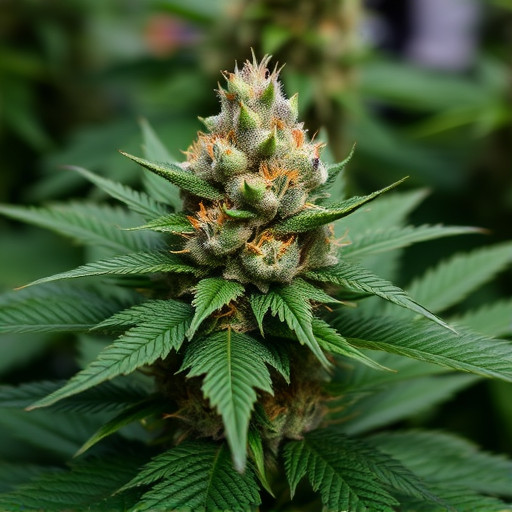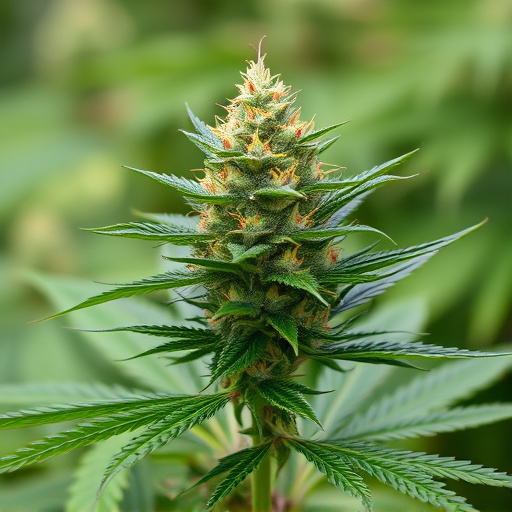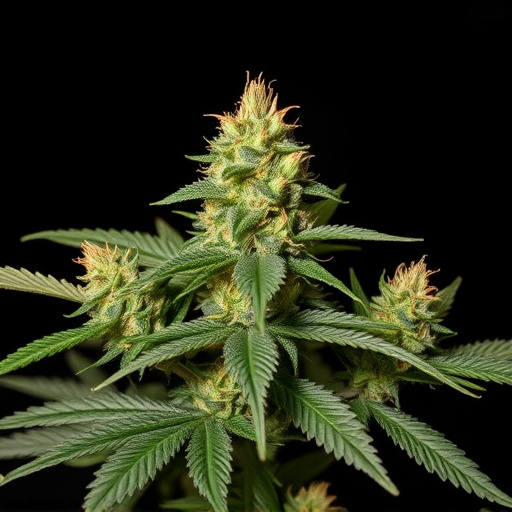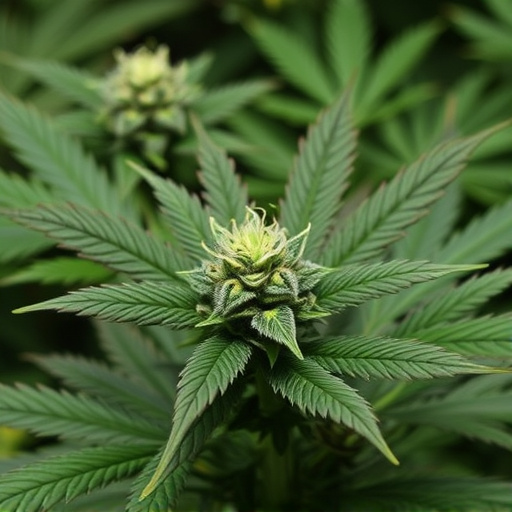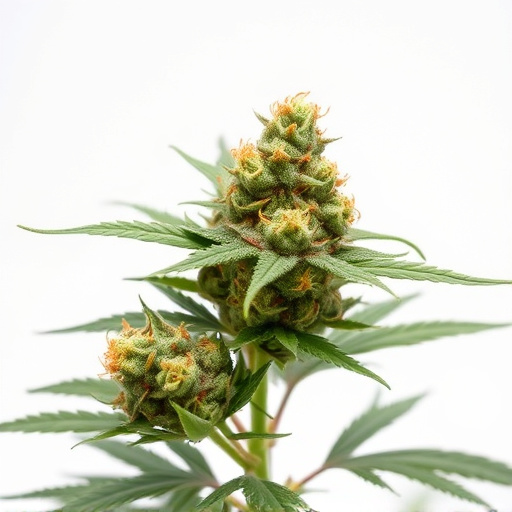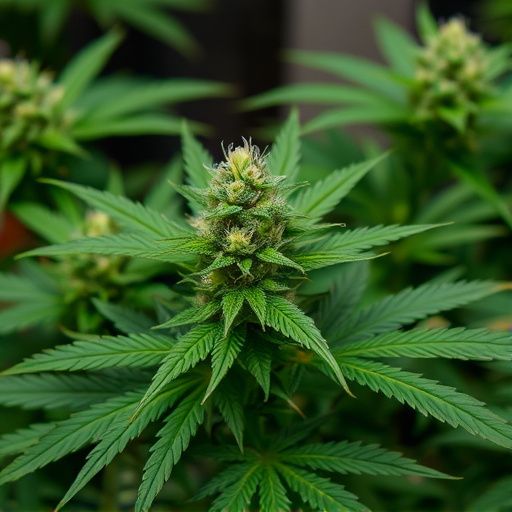Individual metabolic variations significantly impact how quickly medical marijuana strains containing THC and CBD can be detected in a person's system, with genetic factors influencing enzyme activity and cannabinoid breakdown rates. Faster metabolizers have shorter detection windows, while slower ones may retain detectable levels for extended periods through tests like urinalysis or blood work. Understanding these differences is vital for patients to ensure compliance with medical marijuana testing requirements and manage potential risks associated with identifiable cannabinoid levels. Biological factors such as age, body weight, gender, and cannabis consumption habits also play roles in detection times, emphasizing the importance of personalized insights into specific medical marijuana strain detectability.
“Uncovering the factors that dictate cannabis detection times is essential for understanding its impact in various contexts. This article explores the intricate web of variables affecting drug screening, with a focus on metabolism and individual variations, consumption methods, and the unique characteristics of different cannabis strains, including medical marijuana varieties.
By delving into these aspects, we aim to provide insights into why detection times vary, particularly regarding sativa and indica strains, and how cannabinoids like THC and CBD play a role. Understanding these factors is crucial for both legal and medical cannabis users.”
- Metabolism and Individual Variations
- – Genetic factors influencing metabolism
- – Age, body weight, and gender impact
Metabolism and Individual Variations
The metabolism of each individual plays a significant role in determining cannabis detection times. Since medical marijuana strains contain various cannabinoids, such as THC and CBD, how quickly and efficiently your body metabolizes these compounds can vary greatly from person to person. Genetic factors influence this process, resulting in distinct individual variations.
These variations affect the speed at which THC is broken down and eliminated from the body. Faster metabolism can lead to shorter detection windows, while slower metabolism may extend the period when cannabis use can be detected through various methods like urinalysis or blood tests. Understanding these differences is crucial for individuals using medical marijuana to ensure compliance with testing requirements and to manage potential risks associated with detectable cannabinoid levels in their systems.
– Genetic factors influencing metabolism
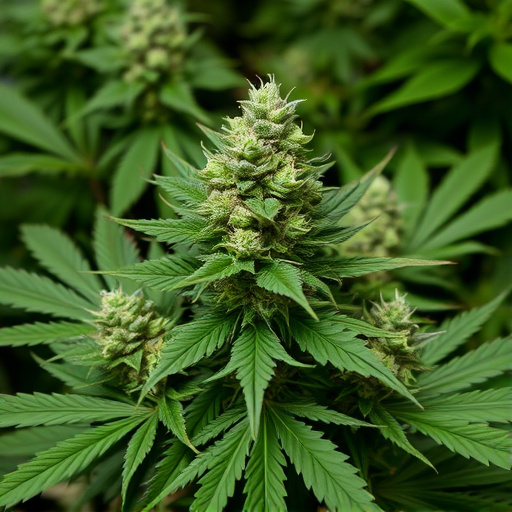
The metabolism of cannabis, and consequently its detection times, is influenced by a variety of factors, with genetic makeup playing a significant role. Different medical marijuana strains vary in their cannabinoid profiles and terpene content, which can affect how quickly and for how long cannabinoids like THC and CBD remain detectable in the body. For instance, strains with higher levels of certain terpenes may enhance or slow down metabolism.
Genetic variations in enzymes responsible for breaking down cannabinoids also contribute to individual differences in detection times. Faster metabolism could result in shorter detection windows, while slower metabolism might extend the period during which cannabis use can be identified through tests. Understanding these genetic factors is crucial for patients and healthcare providers alike, as it enables personalized insights into the potential duration of detectability for various medical marijuana strains.
– Age, body weight, and gender impact
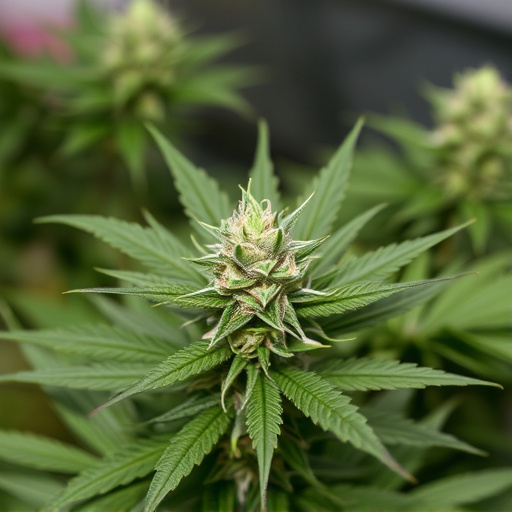
The detection time of cannabis in an individual’s system can vary significantly based on several factors, and age, body weight, and gender are among the key contributors. Research suggests that younger individuals tend to eliminate cannabis metabolites faster compared to older adults, leading to shorter detection periods. This is often attributed to a more efficient metabolism and quicker liver processing in youth. Moreover, body weight plays a crucial role; heavier individuals may retain cannabis compounds for longer due to a higher fat content in their bodies, which can prolong the detection window.
Gender disparities also exist, with studies indicating that women generally have longer cannabis detection times than men. This difference is linked to variations in fat-to-lean body mass ratio and metabolism rates between the sexes. When considering medical marijuana strains, these factors become even more significant as different varieties of cannabis have varying levels of THC (tetrahydrocannabinol) and other cannabinoids, which can impact detection times based on an individual’s unique biology.
Understanding the factors that influence cannabis detection times is crucial for both medical marijuana patients and law enforcement. Metabolism plays a significant role, with genetic variations affecting how quickly cannabinoids are processed. Age, body weight, and gender also contribute to these variances, highlighting the importance of individual differences in determining detection windows. By considering these factors, users of medical marajuana strains can make informed decisions regarding usage and timing, while authorities can refine testing methods for more accurate results.
